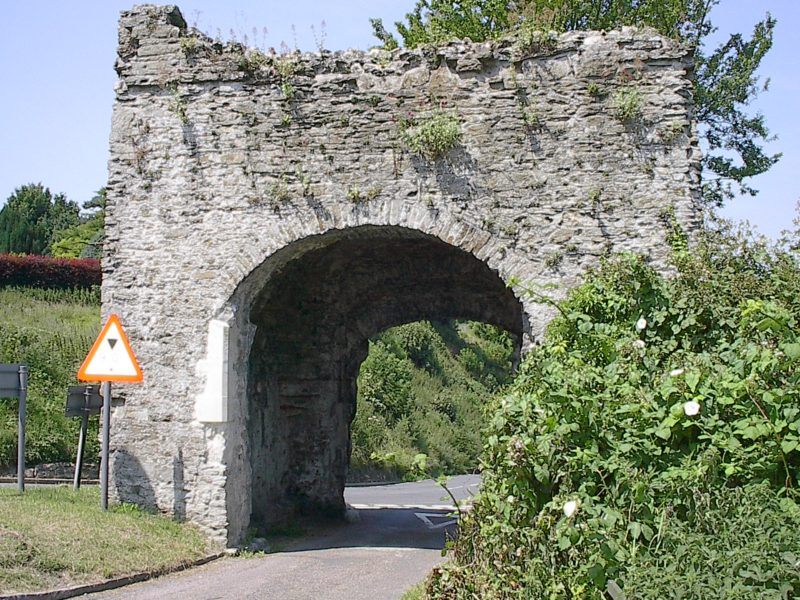Repair of the Pipewell Gate in Winchelsea during 2016.
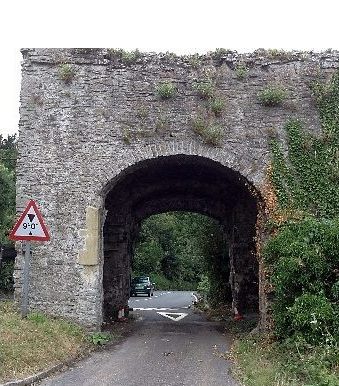
The Pipewell Gate had for many years stood forlornly hemmed in by heavy traffic on the main A259 National trunk road and North Street. The Gate has been damaged to an extent by cars crashing into it, weed growth and in modern times, the use of impervious cement repairs to the walls. The stone structure whilst not in danger of falling down on its own, did however need some tender loving care. Perhaps the greatest challenge to the Gate’s longevity are the Heavy Goods Vehicles trying to pass each other where the so called Trunk road managed by Highways England, narrows by the Gate.
Please see the before and after Pictures 1 and 2)
To start the process of raising funds we had registered with the Heritage Lottery Fund 3 years ago. Our attempt to attract the Heritage Lottery Fund (HLF) officials to visit the unusual site of the Pipewell (or Ferry) Gate alongside the A259, failed. So a trip to see the HLF at their headquarters in London became necessary, as our preliminary major concern regarding repairs to the Gate and public involvement, was being able to comply with Health and Safety regulations. If we could not isolate the site from all the traffic on one of Britain’s most unusual national trunk routes, we could not fulfil the HLF requirement that the public be involved in helping to repair the Gate, nor could tourists safely visit the Gate thereafter. During public consultations it also became apparent that the Town of Winchelsea did not want the Gate permanently shut to traffic from North Street.
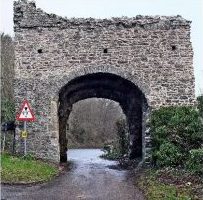
Despite our reservations, HLF still encouraged our small group of Corporation members to proceed to apply for a grant and after 6 months hard work the bid was submitted to repair the Gate including the roof. The bid included a sum of £7,500 to pay for the closure of one lane of the A259 and £5,000 to undertake any relevant archaeology. We were not successful in obtaining a grant, and at this point we made the decision not to reapply as we could clearly never fulfil all the prerequisites that HLF want regarding public involvement. We also would lose probably another year and success for a second grant application could never be guaranteed.
So with some funds from the Corporation, generous donations from residents of the Town and above all ten years of accumulated fees from visitors on our Cellar tours, we felt justified in paring the project down so that we could carry out the most important repairs. In between times one resident was so concerned that the Gate might be in serious danger of collapse that he invited the Society for the Preservation of Ancient Buildings (SPAB) in to urgently examine the Gate. An excellent idea but it was, to say the least, a little unusual that we were not informed of this initiative.
The reduced plan of relevant repairs was agreed by our Architect, Historic England for the Secretary of State, and Heritage Stone (the Stonemasons). Our aim was to improve the longevity of the structure by removing as much as possible of the modern, very hard cement. Damage to the original stones when trying to remove hard cement however, especially on the roof was to be avoided at all costs. An area of stonework amounting to only 7% of the total, could not be repaired on this occasion, as we felt that the extra expense of closing one lane on the A259 could not easily be justified.
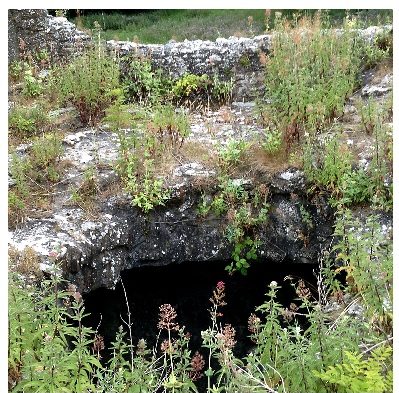
This work replacing hard cement with lime mortar allows the walls to ‘breathe better’. (Water trapped in the walls, over time, causes damage and reduces the lifespan of any stone structure.) The lower halves of all the walls already had lime mortar in and, as you can see in the photos 1 and 2, the new lime mortar approved by Historic England, was used higher up where hard cement was present.
The saplings and weeds on the roof (see Photographs 3 and 4) were sprayed 3 times to kill all such vegetation. Later this dead vegetation was removed and lime mortar applied to residual holes and cracks in the cemented areas of the roof. The work here was more extensive than planned for.
Four very sharply angular, new looking Quoin stones (photo 1 on left side of arch) that had been put in 15 years ago, had been an eyesore for too long in North Street. These stones were distressed and the corners smoothed out. After several attempts a much more sympathetic matching of these un-weathered stones with a vegetable dye was achieved. They now blend with the rest of the Gate’s stonework and the residents seem very pleased with the result (see Photo 2).
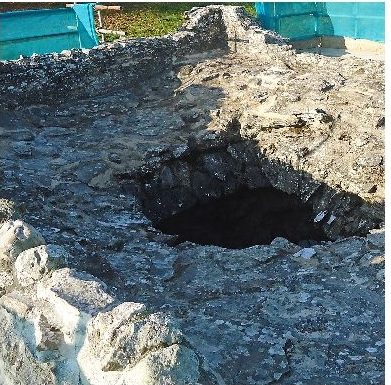
The contractor went to great lengths to establish good relations with nearby residents and completed the reduced works on time and within budget. They tidied all rubbish leaving the area of the Gate and Bob Davis’ land looking good. The total spend was £36,000 and without any grants Winchelsea’s efforts have resulted in a very worthwhile project to help the appearance and longevity of the Pipewell Gate. Of course time and the unsafe use by HGV’s on the A 259, will tell.
We are now looking at repairs to the Court Hall fabric having just had the results of the Quinquennial report. Funding for this is going to need even more money than the Pipewell Gate repairs required, and an appeal may be launched soon, as well as an application for a grant. These wonderful monuments to a bygone age are so important nationally that they are deserving of high quality, careful maintenance for future generations. Who knows if a future artist equivalent to JMW Turner might not pass by and be moved to paint our Gates again!
Some new quoin stones also replaced very worn ones in the arch facing the A259 in an area difficult to see from the road. ‘Putt- log’ holes were cleaned and a role of stainless steel mesh painted black, mortared in some centimetres from the outer wall surfaces (photo 2). This has been done to stop birds nesting and the visual effect is astonishing. Originally these ‘putt-log holes’ were needed for the horizontal scaffolding poles commonly used in construction in the early Medieval period.
Photos: John Spencer and Richard Comotto



